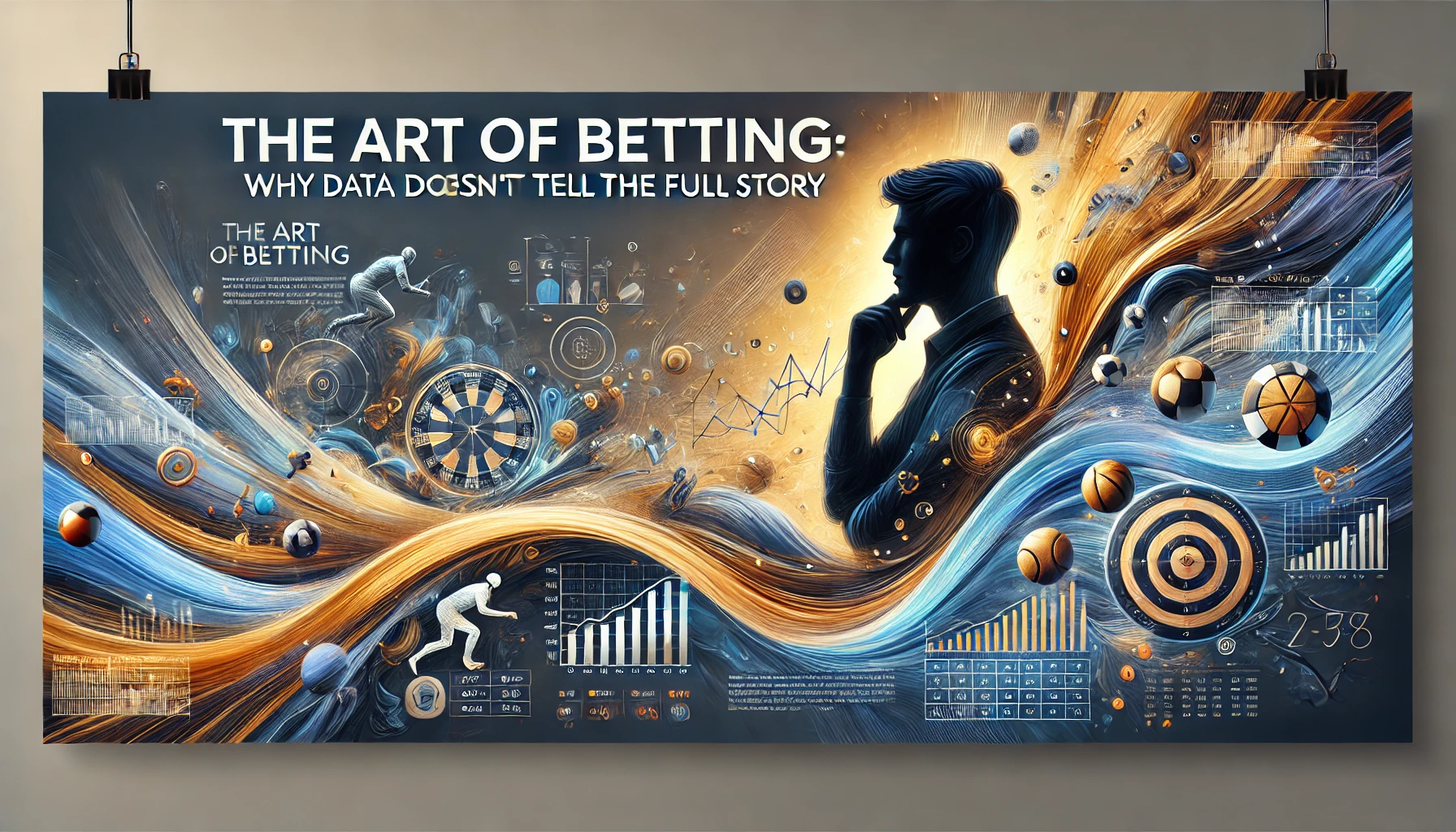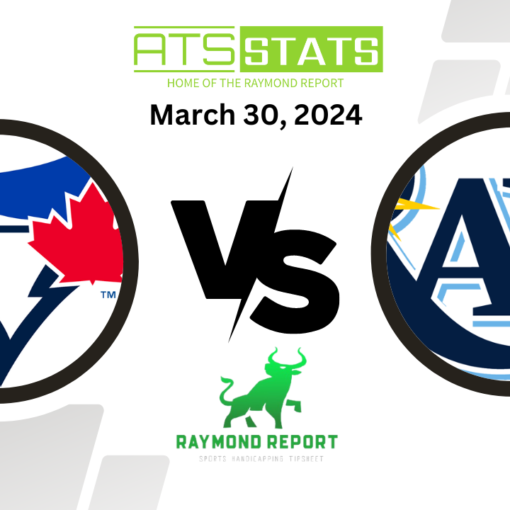Sports betting is more than just crunching numbers—it’s about understanding the game, the players, and the context of the situation. While data and percentages are crucial tools in your sports betting toolkit, relying solely on them can lead you astray. Sometimes, the numbers tell you one thing, but the real action is happening on the field. It’s much like investing in the stock market: knowing which stocks are good is one thing, but timing your entry and exit is another. This article will delve into the reality of balancing data with real-world factors to make informed, winning decisions.
Understanding the Data: The Framework of Betting
At the heart of the Raymond Report lies a series of advanced metrics designed to guide bettors toward well-informed decisions. These metrics are built to give you insight into team performance, the probability of a win, covering the spread, and even game totals (over/under). Let’s break down some of these key metrics:
- C.O.W. (Chances of Winning): This percentage tells you the likelihood of a team winning based on their past performance. We process the team’s short and long-term win/loss records through our math predictor to give you a percentage for the next game.
- C.O.C. (Chances of Covering): A bit different from C.O.W., this metric focuses on a team’s ability to cover the point spread, not just win. Again, this is based on historical performance but analyzed through the lens of betting on the spread rather than a straight-up win.
- C.O.G.O. (Chances Game Going OVER): This gives you the probability that the game will go over the total points line based on the performance of both teams’ over/under records. A 60% chance of the game going over means there’s a solid edge, but there’s still a 40% chance it could go under.
- L.O.A. (Law of Average): This betting theory suggests you bet on teams that lost their last game, either straight up (SU) or against the spread (ATS), against teams that won their last game. It’s based on the idea that regression to the mean is inevitable.
- MSV (Market Spread Value): This metric compares the bookmaker’s line to our own prediction of where the line should be. This is valuable for spotting inefficiencies in the market and finding mispriced opportunities.
- PVI (Performance Value Index): The PVI tracks the current psychology of the betting public, based on a team’s recent performance. A bullish team has been performing exceptionally well, a neutral team is in a state of fluctuation, and a bearish team has been struggling.
The Stock Market Analogy: Don’t Pay the Price at the Top
Now, while these data points are essential, they aren’t the be-all and end-all. Imagine you’re a stock market investor. You’ve got your eye on a high-performing stock, but the price is peaking. Just because the stock has been strong doesn’t mean you want to buy at the top. The same logic applies in sports betting.
Take the example of a “Tier 1” team in the Raymond Report, a team that’s been winning 60% or more of its games. These teams are highly favored by the public, and their odds reflect that. They have high public confidence, but betting on them often offers lower rewards because the line is heavily skewed in their favor.
On the other hand, Tier 3 teams (those winning less than 50% of their games) are often underdogs with high rewards. But these teams come with risks—just like buying a stock in a volatile market. The key is understanding when to bet on these teams. It’s not just about following the data, but also understanding the situational factors at play.
Team Performance and Situational Factors
Sometimes the data tells you that a team has an excellent chance of winning or covering the spread, but the true outcome hinges on player performance and context that numbers can’t predict. For example, a Tier 1 team might have a strong record, but if their star player is injured or they’re coming off a string of grueling games, that could change the whole dynamic of the matchup.
Similarly, if a Tier 3 team is playing at home with an underdog mentality or a chip on its shoulder, it might outperform expectations, especially if their opponent is overvalued.
Take these into account:
- Team Motivation: How motivated is the team to win? Teams in the hunt for the playoffs may play harder than teams already out of contention.
- Injuries and Rest: Star players missing or playing hurt can greatly affect a team’s performance, as can a team playing on a short rest.
- Scheduling and Travel: A team coming off a long road trip or a back-to-back game might be fatigued and underperform.
Why Understanding the Context Matters
Data is powerful, but it needs context. A team’s record or betting percentage doesn’t always tell the whole story. It’s about reading between the lines. You need to assess the psychological state of the team, the coach’s strategy, player injuries, and other situational factors before placing your bet.
For instance, if you’re looking at a matchup where the numbers indicate a high probability of a win for a Tier 1 team but there’s uncertainty about key players or if they’re on a long road trip, the context might tell you otherwise. A Tier 3 team in a favorable situation might be the better bet.
Balancing Data with Real-World Factors
The key takeaway here is that the best sports bettors use data to identify potential opportunities, but they also know when to trust their instincts. A successful bettor can sift through the numbers, but they also know to account for the human elements of sports—motivation, energy levels, momentum, and emotional states.
Just like the stock market, sports betting isn’t just about finding the best odds—it’s about timing your entry, understanding the true value of a bet, and being able to read the game beyond the numbers. By combining both data and situational awareness, you create a holistic betting strategy that can lead to long-term success.
The Art of Intuition
While data is a crucial part of sports betting, it’s not the only factor to consider. Much like in investing, the value of a bet depends on more than just numbers; it requires an understanding of the situation, the players involved, and the context of the game. Using data as a foundation and then applying a layer of real-world insight can help you find those underdog gems or know when to avoid the overvalued favorites. In the end, sports betting is an art that requires both analysis and intuition, and when you balance both, you’ll make smarter, more informed decisions.





